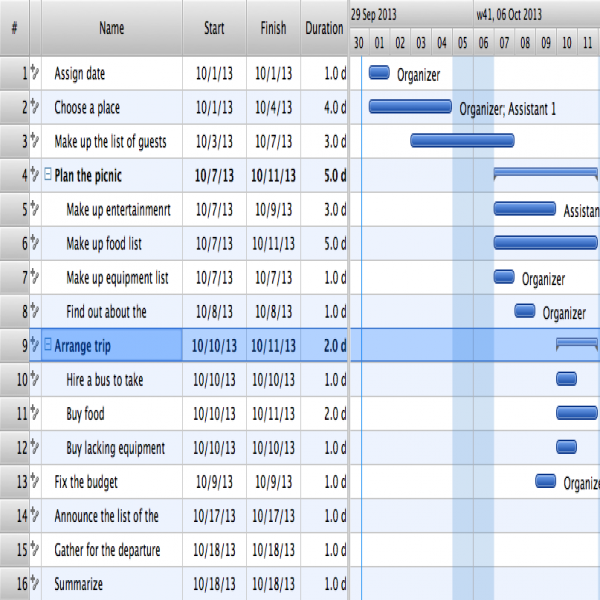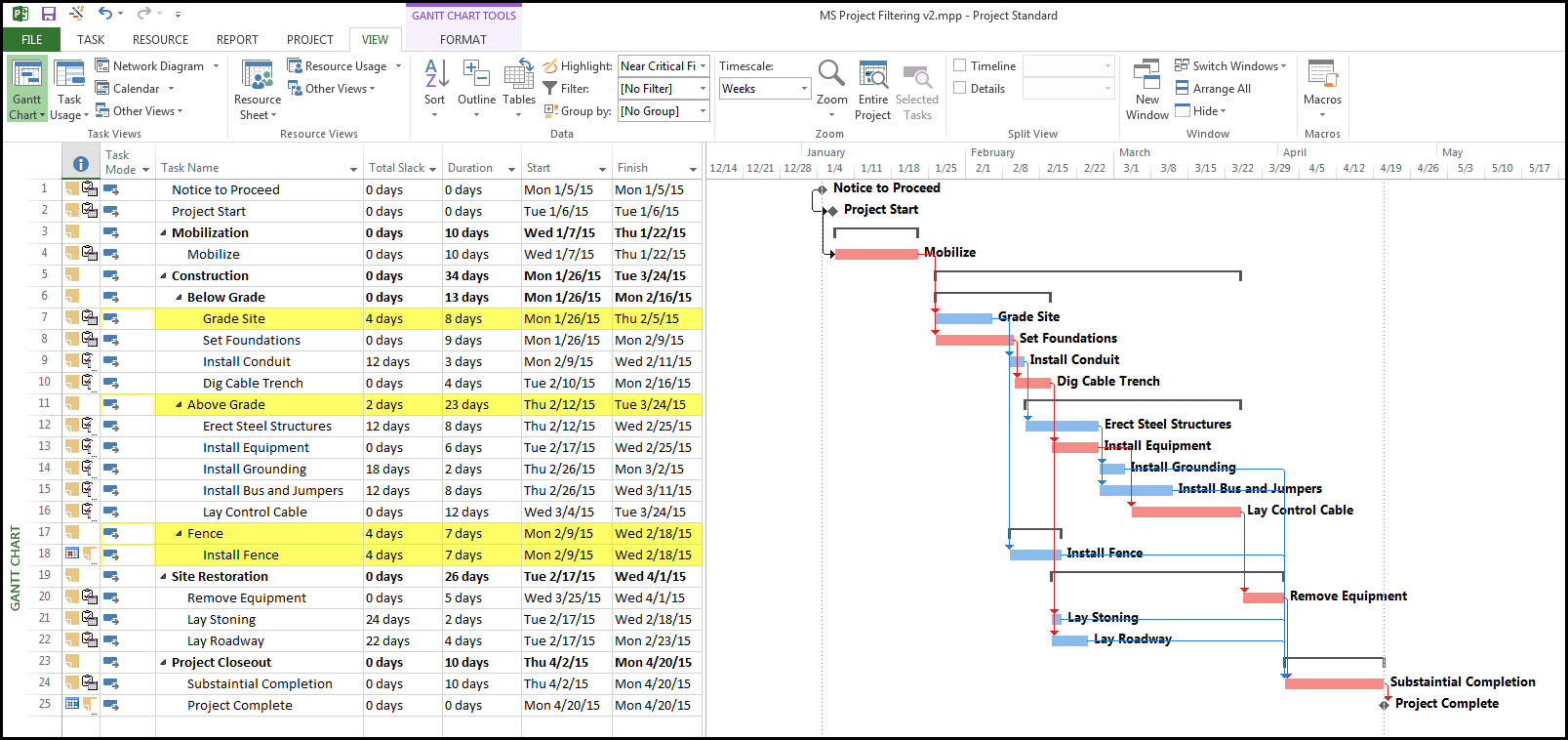
Let’s go back to imagining a project as a car. The answer to this is that while the project may have its own goals or objectives, reaching it is not possible without meeting several other goals or objectives.

This is a question that crops up quite often in project management training. If a task is merely a smaller component of a project, why exactly do we need them? Can’t we simply have one project and work towards that goal?

Why do we need tasks when we have a project A delay in completing one of the many tasks can have a cascading effect on the entire project timelines.Īs a project manager, you handle tasks on a daily basis – but your eye needs to be on the prize, which is the overall execution of the project. Just like it is with a car, all these various tasks are interdependent on each other.

If you can imagine a project as a car, tasks are the various components that make a car – the tires, doors, steering wheel, windows, and so on. A project is thus a combination of different tasks. Project TaskĪ task refers to any work that has a definite outcome associated with it. So, in this article, we will discuss the meaning and significance of these terms and how they are different from one another. What is the difference between a project task and deliverable?Įach of these terms carry unique significance and cannot be used interchangeably.How is a milestone different from a KPI?.Is project management the same as program management?.If successful, the response body contains a newly created instance of Task.If you are new to project management, you are going to come across a number of different terms that all sound the same.
#Projects tasks full#
The responseView specifies which subset of the Task will be returned.īy default responseView is BASIC not all information is retrieved by default because some data, such as payloads, might be desirable to return only when needed because of its large size or because of the sensitivity of data that it contains.Īuthorization for FULL requires Google IAM permission on the Task resource. The infrastructure relies on an approximately uniform distribution of task IDs to store and serve tasks efficiently. Choosing task that are sequential or have sequential prefixes, for example using a timestamp, causes an increase in latency and error rates in all task commands. Using hashed strings for the task ID or for the prefix of the task id is recommended. It can take up to 4 hours (or 9 days if the task's queue was created using a queue.yaml or queue.xml) for the task ID to be released and made available again.īecause there is an extra lookup cost to identify duplicate task names, these tasks.create calls have significantly increased latency. The IDs of deleted tasks are not immediately available for reuse. If a task's ID is identical to that of an existing task or a task that was deleted or executed recently then the call will fail with _EXISTS. If scheduleTime is not set or is in the past then Cloud Tasks will set it to the current time.Įxplicitly specifying a task ID enables task de-duplication. If a name is not specified then the system will generate a random unique task ID, which will be set in the task returned in the response. The user can optionally specify a task name. Task names have the following format: projects/PROJECT_ID/locations/LOCATION_ID/queues/QUEUE_ID/tasks/TASK_ID. Tasks cannot be updated after creation there is no UpdateTask command.

Save money with our transparent approach to pricing Rapid Assessment & Migration Program (RAMP) Migrate from PaaS: Cloud Foundry, OpenshiftĬOVID-19 Solutions for the Healthcare Industry


 0 kommentar(er)
0 kommentar(er)
